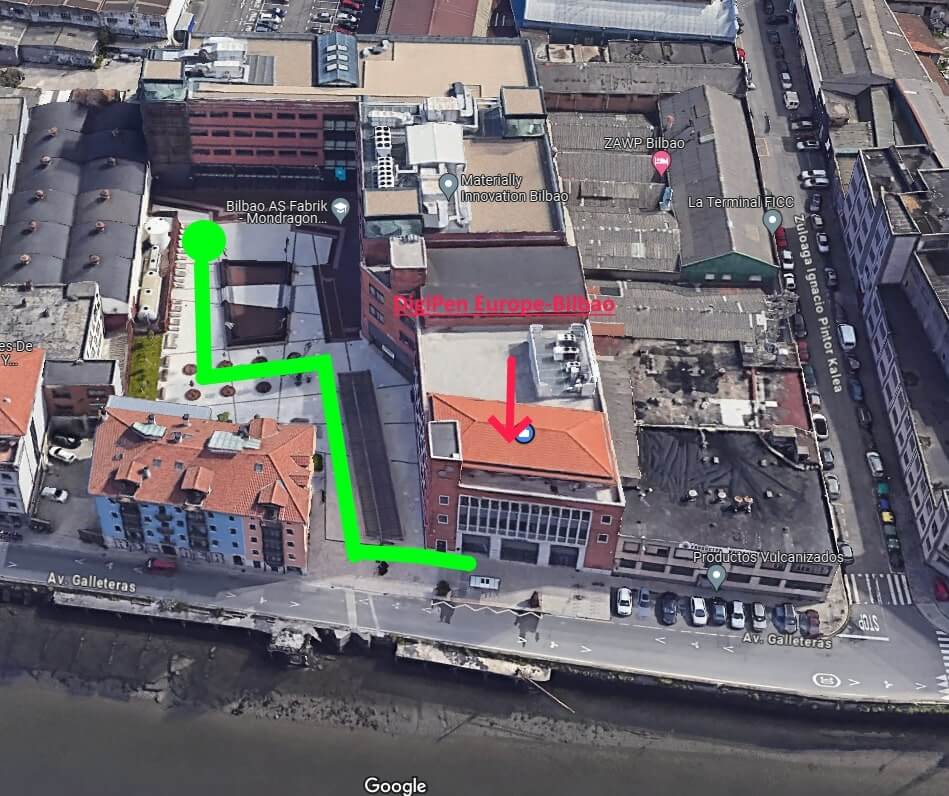In the event of an emergency situation, all students, faculty, and staff are to remove themselves from personal danger before contacting anyone for assistance.
Emergency Procedures for Students and Workplace Users
Types of Accidents and Emergencies
Different types of accidents include fire, explosion, toxic gas release, harmful spills, and incidents like bomb threats and natural disasters.
Emergencies are classified as minor, partial, general, or requiring evacuation:
- Minor emergency: Use available resources and notify the nearest faculty or staff member.
- Partial emergency: Seek help from a group with more resources.
- General emergency: Exceeds our firefighting and emergency capabilities and requires authorized personnel to declare it.
- Evacuation: A situation where the campus needs to be evacuated in an orderly manner to the designated assembly point.
Emergency Response Procedures
If a user (student or non-emergency brigade member) detects a danger, such as a fire, they should quickly notify the nearest teacher or member of the emergency brigade and await their instructions. In the case of an evacuation, the instructions of the emergency brigade must be followed. Students will follow the teacher’s instructions and leave the classroom without taking their personal belongings, running, or going back. They will follow the designated teacher as a guide and gather at the designated meeting point as indicated on our map.

First Aid Procedures
In case of an emergency, the following steps should be followed for first aid:
- PROTECT
- ALERT
- ASSIST
Firstly, ensure the safety of the injured person and yourself. Secondly, notify emergency services clearly (112) and provide detailed information about the person’s condition. Finally, assess the person’s consciousness, breathing, and pulse.
As you handle an emergency situation, make sure to stay calm, prevent overcrowding, and take appropriate charge of the situation. You’ll also want to avoid unnecessary movement of the injured person unless necessary, conduct a thorough evaluation of the person’s injuries, inform medical personnel about the situation, reassure the injured person, keep them warm, refrain from administering medication, and arrange appropriate transportation based on the severity of the injuries.